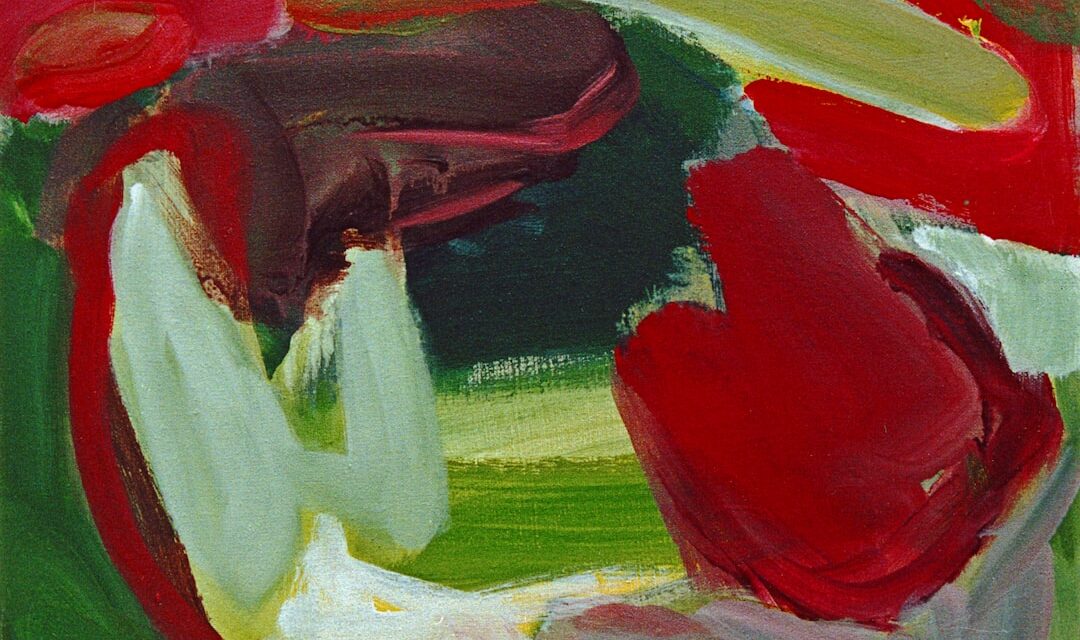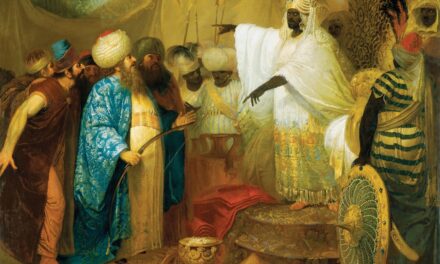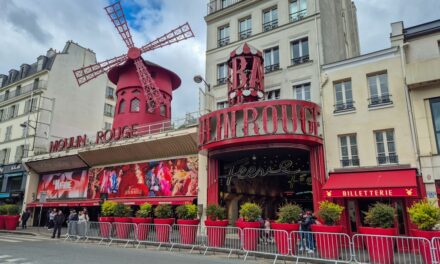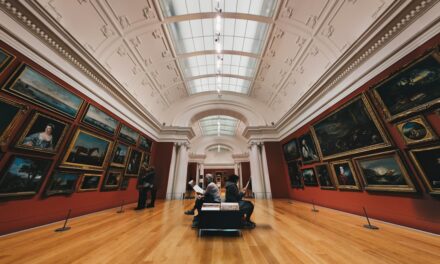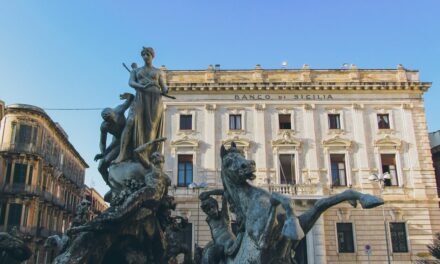Pablo Picasso, one of the most influential artists of the 20th century, was born on 25 October 1881 in Málaga, Spain. From an early age, Picasso demonstrated a natural aptitude for drawing and painting. His father, an art instructor, recognised his son’s potential and began to provide formal training.
By the age of 13, Picasso had surpassed his father’s abilities, indicating a promising future in the arts. In 1895, the family relocated to Barcelona, where Picasso gained admission to the esteemed School of Fine Arts. It was during this period that he began to explore various styles and techniques, establishing the groundwork for his future artistic innovations.
Upon completing his studies in Barcelona, Picasso moved to Paris, the centre of the art world at that time. In Paris, Picasso truly developed his artistic identity, embracing the avant-garde movements that were prevalent in the city. He swiftly gained recognition for his distinctive style and innovative approach to art, setting the stage for the groundbreaking work that would come to define his career.
Summary
- Pablo Picasso was born in Malaga, Spain in 1881 and showed an early talent for art.
- During his Blue Period, Picasso’s work was characterized by somber tones and themes of poverty and despair.
- Picasso’s exploration of Cubism and Surrealism revolutionized the art world and influenced generations of artists.
- “Guernica” is one of Picasso’s most famous works, depicting the horrors of the Spanish Civil War and serving as a powerful anti-war symbol.
- In his later years, Picasso continued to produce innovative work and left a lasting legacy as one of the most influential artists of the 20th century.
Blue Period and Rose Period
Artistic Turmoil and Empathy
During this time, he produced a series of paintings and drawings that were dominated by sombre blue and green tones, reflecting his feelings of melancholy and despair. The subjects of these works were often impoverished and downtrodden individuals, reflecting the artist’s empathy for the less fortunate.
A Shift in Palette and Mood
Following the Blue Period, Picasso entered what is known as his “Rose Period,” during which his palette shifted to warmer tones and his subject matter became more lighthearted. Inspired by the circus and its performers, Picasso’s paintings from this period are characterised by their vibrant colours and whimsical themes. This marked a significant departure from the emotional intensity of the Blue Period and showcased Picasso’s versatility as an artist.
A Master of Colour and Form
The Rose Period solidified Picasso’s reputation as a master of colour and form, setting the stage for the revolutionary artistic movements that were yet to come.
Cubism and Surrealism

In 1907, Picasso co-founded the groundbreaking art movement known as Cubism, along with fellow artist Georges Braque. Cubism sought to depict objects from multiple perspectives simultaneously, breaking them down into geometric shapes and reassembling them in abstract forms. This revolutionary approach to art challenged traditional notions of representation and perspective, laying the groundwork for modern abstract art.
Picasso’s contributions to Cubism were monumental, and his innovative techniques had a profound impact on the art world. As the 1920s approached, Picasso began to explore Surrealism, a movement that sought to unlock the creative potential of the unconscious mind. Surrealist artists aimed to depict dreamlike imagery and explore the depths of the human psyche through their work.
Picasso’s foray into Surrealism resulted in a series of paintings that were characterised by their fantastical imagery and distorted forms. His ability to seamlessly transition between different artistic movements solidified his status as a pioneering figure in the art world and cemented his legacy as one of the most influential artists of all time.
Guernica and Political Activism
In 1937, during the Spanish Civil War, Picasso created one of his most famous and politically charged works, “Guernica.” The painting was a direct response to the bombing of the Basque town of Guernica by Nazi German and Italian Fascist air forces at the request of the Spanish Nationalists. “Guernica” is a powerful anti-war statement that depicts the horrors of conflict and the suffering of innocent civilians. The painting’s monumental size and emotive imagery made it a symbol of resistance against oppression and a rallying cry for peace.
Picasso’s involvement in political activism extended beyond his art, as he was an outspoken critic of fascism and totalitarianism. He used his platform as a renowned artist to advocate for social justice and human rights, aligning himself with leftist causes and movements. His unwavering commitment to using his art as a tool for social change solidified his reputation as a visionary artist with a social conscience.
Later Years and Legacy
In his later years, Picasso continued to produce art at an astonishing pace, experimenting with new styles and techniques until his death in 1973. His prolific output resulted in an extensive body of work that spanned various artistic movements and mediums. Despite his advancing age, Picasso remained dedicated to pushing the boundaries of art and challenging conventional norms.
Picasso’s legacy is unparalleled in the art world, as his influence can be seen in virtually every artistic movement that followed him. His innovative approach to form, colour, and composition revolutionised the way artists approached their craft, inspiring generations of creators to think outside the box and push the limits of artistic expression. His impact on modern art is immeasurable, and his work continues to be celebrated and studied by art enthusiasts around the world.
Influence on Modern Art

The Birth of Abstract Art
His pioneering work in Cubism paved the way for a new era of abstract art, allowing artists to break free from the constraints of traditional representation and explore new modes of expression.
Versatility and Innovation
Furthermore, Picasso’s ability to seamlessly transition between different artistic movements showcased his versatility as an artist and encouraged others to explore new creative avenues. His willingness to tackle complex subject matter such as war and social injustice through his art demonstrated the power of visual storytelling and inspired artists to use their work as a means of social commentary.
A Legacy of Creative Freedom
Picasso’s impact on modern art extends far beyond his own remarkable body of work. His fearlessness in the face of artistic convention has inspired generations of artists to challenge the status quo and push the boundaries of what is possible.
Famous Works and Collections
Throughout his prolific career, Picasso created a vast array of iconic works that have become synonymous with modern art. Some of his most famous pieces include “Les Demoiselles d’Avignon,” “The Weeping Woman,” “The Old Guitarist,” “Three Musicians,” and “Guernica.” These works showcase Picasso’s mastery of form, colour, and composition, as well as his ability to convey complex emotions through visual imagery. Many of Picasso’s works are housed in prestigious museums and collections around the world, including the Museum of Modern Art in New York City, the Tate Modern in London, and the Museo Reina Sofia in Madrid.
These institutions showcase Picasso’s enduring impact on modern art and provide audiences with an opportunity to experience his revolutionary work firsthand. In conclusion, Pablo Picasso’s contributions to modern art are unparalleled, as his innovative approach to form, colour, and composition revolutionised the way artists approached their craft. From his early years in Spain to his later years in France, Picasso remained dedicated to pushing the boundaries of art and challenging conventional norms.
His influence on modern art can be seen in virtually every artistic movement that followed him, inspiring generations of creators to think outside the box and push the limits of artistic expression. Picasso’s legacy continues to be celebrated and studied by art enthusiasts around the world, ensuring that his revolutionary work will endure for generations to come.
If you are interested in learning more about the art movement that heavily influenced Pablo Picasso’s work, you should check out the article on Cubism. This avant-garde movement, which emerged in the early 20th century, sought to depict the world from multiple perspectives and shattered traditional forms of representation. Picasso was a key figure in the development of Cubism, and his innovative approach to art continues to inspire and influence artists to this day.
FAQs
Who is Pablo Picasso?
Pablo Picasso was a Spanish painter, sculptor, and printmaker who is widely regarded as one of the most influential artists of the 20th century. He is known for co-founding the Cubist movement and for his contributions to Surrealism.
When was Pablo Picasso born?
Pablo Picasso was born on October 25, 1881, in Málaga, Spain.
When did Pablo Picasso die?
Pablo Picasso died on April 8, 1973, in Mougins, France, at the age of 91.
What are some of Pablo Picasso’s most famous works?
Some of Pablo Picasso’s most famous works include “Les Demoiselles d’Avignon,” “Guernica,” “The Weeping Woman,” and “The Old Guitarist.”
What art movements was Pablo Picasso associated with?
Pablo Picasso was associated with several art movements, including Cubism, Surrealism, and Symbolism.
Where can I see Pablo Picasso’s artwork?
Pablo Picasso’s artwork can be found in museums and galleries around the world, including the Museo Picasso in Barcelona, the Musée Picasso in Paris, and the Museum of Modern Art in New York.
